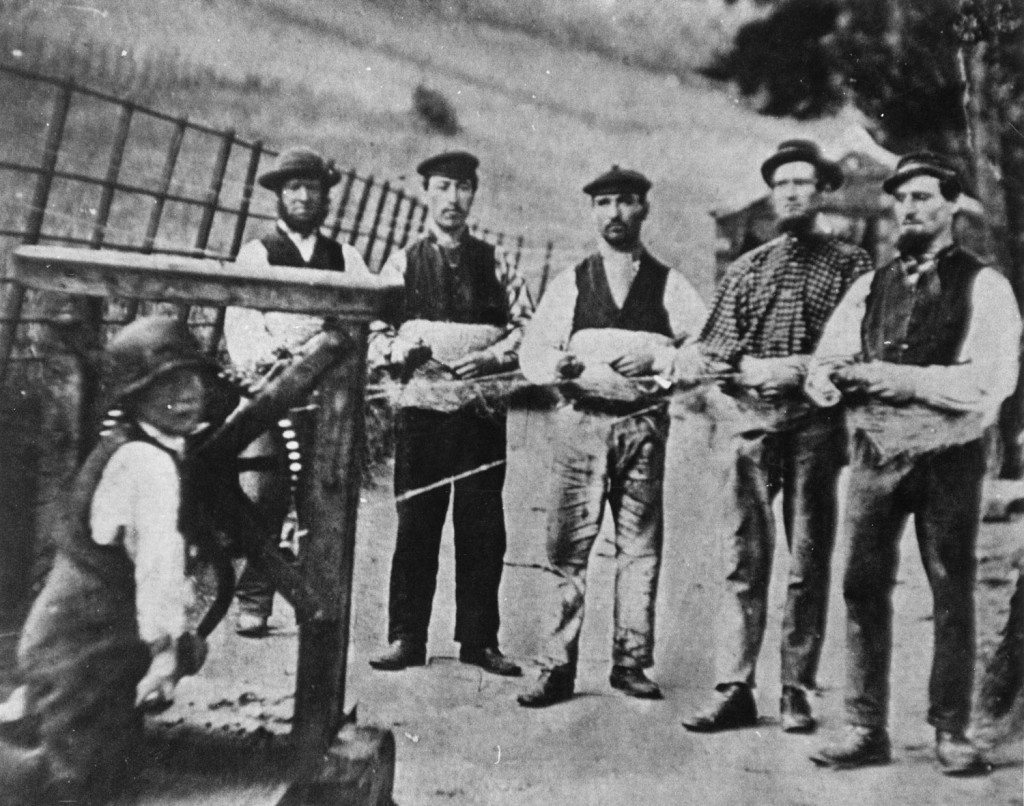Rope Making: Spinning
Image: A group of five male employees at Lowe’s posing at a rope walk in Northwood Lane, Bewdley in 1900. They each have a “head” of hackled hemp round their waist. The fibres are being fed onto the “traveller” which is being twisted by a boy.
[Image from: Bewdley Museum]
The purpose of spinning is to produce yarn, a continuous series of overlapping fibres which have been twisted together so that they are forced together by friction to make the yarn strong. Yarn can be turned into rope by various methods. Traditionally, it was spun on a spindle whorl. This was a weighted stick which was rotated, often by rolling along the thigh. The spinning wheel was a technological advance which allowed the spinner to keep the yarn twisting continuously. It was also spun into rope in ropewalks where the fibres were wrapped around the waist and then attached to a spinning wheel. A spinner then drew out the fibres to form a yarn as the wheel revolved. By the mid 19th century, machines were used to produce yarn. These were similar to the spinning mules used in the cotton industry.
« Previous in this sectionNext in this section »Continue browsing this section
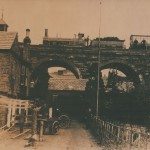 Rope Making
Rope Making
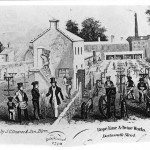 Rope Making and Bewdley
Rope Making and Bewdley
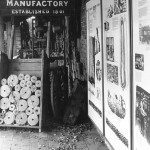 Lowe’s Rope and Twine Manufactory
Lowe’s Rope and Twine Manufactory
 Lowe’s Rope and Twine Manufactory
Lowe’s Rope and Twine Manufactory
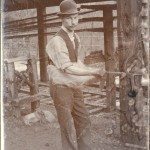 Work and Labour
Work and Labour
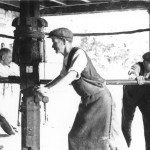 Work and Labour
Work and Labour
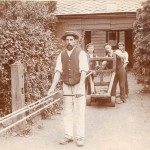 Products and Markets
Products and Markets
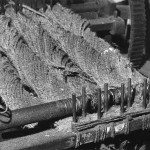 Products and Markets
Products and Markets
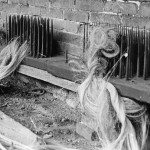 Rope Making: Dressing or Hackling
Rope Making: Dressing or Hackling
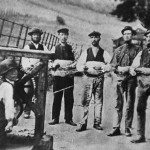 Rope Making: Spinning
Rope Making: Spinning
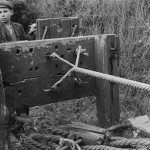 Rope Making: Laying the Rope
Rope Making: Laying the Rope
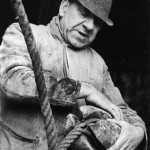 Rope Making: Inserting the Tops
Rope Making: Inserting the Tops
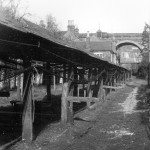 Rope Making: Stretching
Rope Making: Stretching
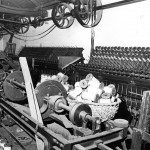 Rope: Making: Mechanisation
Rope: Making: Mechanisation
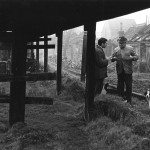 The Decline of Rope Making
The Decline of Rope Making



